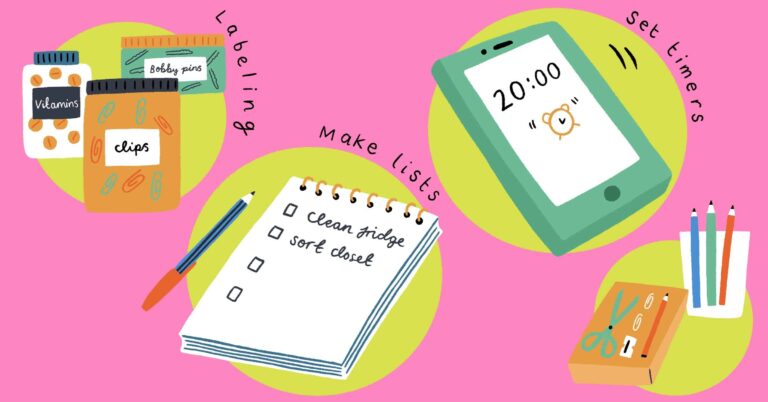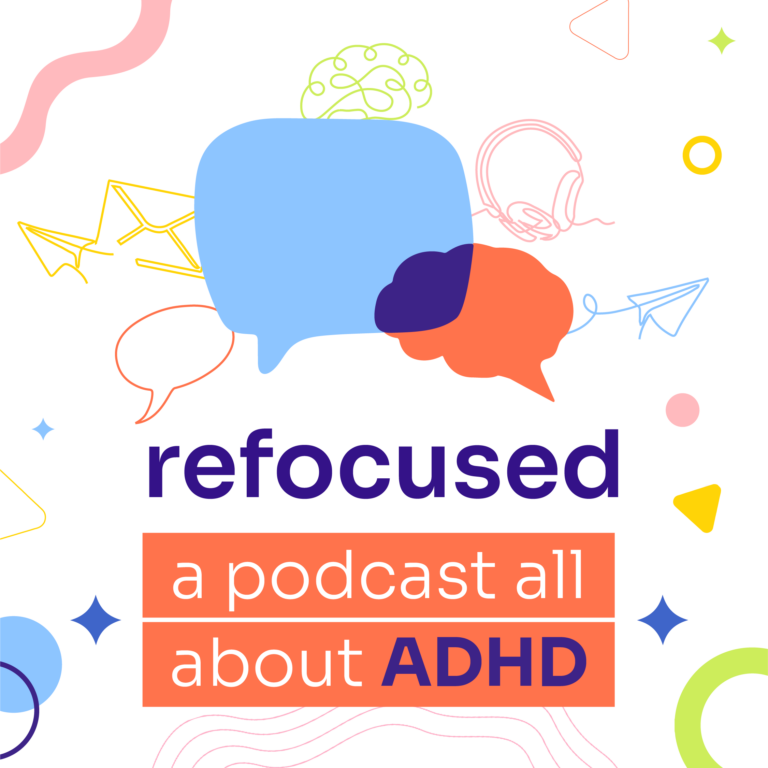
If you have ADHD, work-life can bring with it a number of challenges. Organizing time, managing complicated tasks or long-term projects, and avoiding feeling too restless during the course of a long workday can simply be more challenging with this disorder. The good news? According to the Society for Human Resource Management, you can mitigate nearly all of these challenges with the right kinds of accommodations.
Chunk It
If your job involves large projects or complicated tasks, it might be easy to get overwhelmed or feel like things are difficult to complete. “Chunking” a task — breaking it down into several smaller chores, each with its own deadline — is one way to make sure that large or complex projects can become more manageable, according to PsychCentral online magazine.
Use Tools to Support Your Memory
A huge part of work management is simply remembering where you must be and what you need to do as part of the work week. Fortunately, there are a large variety of tools to help enhance memory. Some can be “low tech” solutions — like strategically placed Sticky notes or paper-based checklists. Higher tech digital organizers like Google Calendar can also help keep you where you need to be.
It also helps the memory if you stay focused — and ADHD can cause a high degree of distractibility. Reducing these distractions can help. This can mean something as simple as using earbuds to drown out environmental noise or using a designated quiet space in which to work, recommends the Society for Human Resource Management.
Use Errand Time Wisely
Many people have errands to perform throughout their workday. That might be dropping by the mailroom, sending faxes, making photocopies or collaborating with colleagues. Use this time wisely to break up your day and get in a little gentle activity so that you won’t feel restless at work.
Create an Active Lunch
Your lunch hour can be the time when you burn off some excess energy. If you bring a lunch instead of eating out, you can use some of your lunch break to take a walk, do some stair climbing or otherwise be active. This can help you focus more on work when you get back to your afternoon tasks. This is especially important for those who experience hyperactivity as part of their ADHD.
Schedule in Buffer Time
“Buffer time” is adding extra time to plan for the unexpected. If you budget in this extra time — beyond what you think you need to complete a task — this will help to reduce the stress that comes with being behind schedule. For example, if you need to be at work at 8 a.m., aim to be there at 7:30. That way, if you are running behind because of an unexpected traffic jam or because you misplaced your keys, you won’t be late.
None of these tips and hacks are complicated or expensive. But they can have a big impact on how smoothly work life goes. And they can make everyday life with ADHD easier to manage.
Sources:







